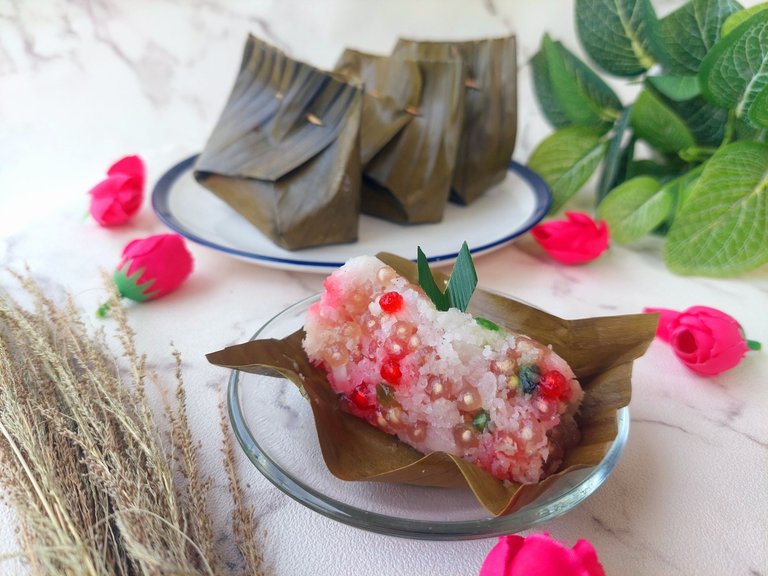
Grated Coconut Pearl Sago Cake
This cake is inspired by a traditional cake which is often known as sengkulun sago pearl. Sengkulun is a delicious snack made with grated coconut. So, to modify the original recipe, let's make a version wrapped in leaves.
The first time I made this recipe, I was a little confused, whether it would be delicious or not. However, since I make things with shredded coconut so often, I thought this would not disappoint. I combined pearl sago seeds with grated coconut. Pearl sago seeds have a chewy texture so when combined with grated coconut they will have a delicious taste. Here, to increase the fragrant aroma, I added pieces of pandan leaves to the cake package. For the wrapping I used banana leaves, if you don't have them you can replace them by replacing them in a cake mold. Just imagining it makes me even more convinced that this will be very tasty and the taste will definitely be spectacular.
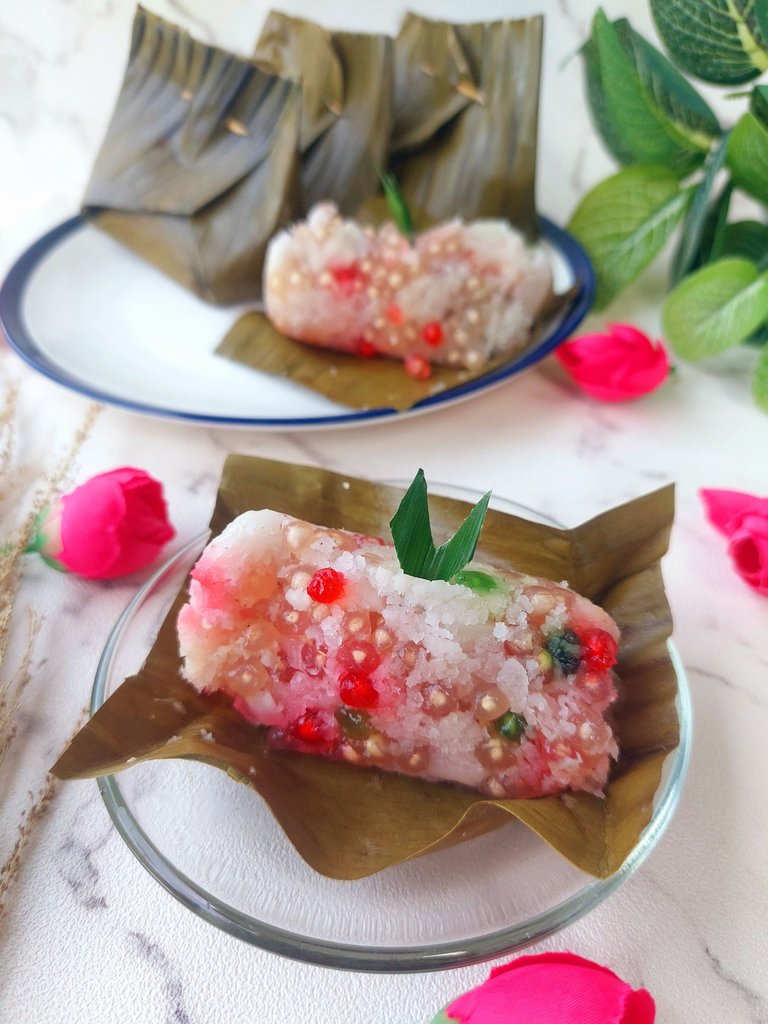
Here's a recipe that is very easy for you to make at home, check it out and make it!
Materials Used

100 grams of young grated coconut
½ teaspoon salt
5 tablespoons granulated sugar
2 pandan leaves
Enough banana leaves for wrapping

Creation Procedure
Soak the pearl sago with enough water or until the pearl sago sinks, soak for approximately 20 minutes.
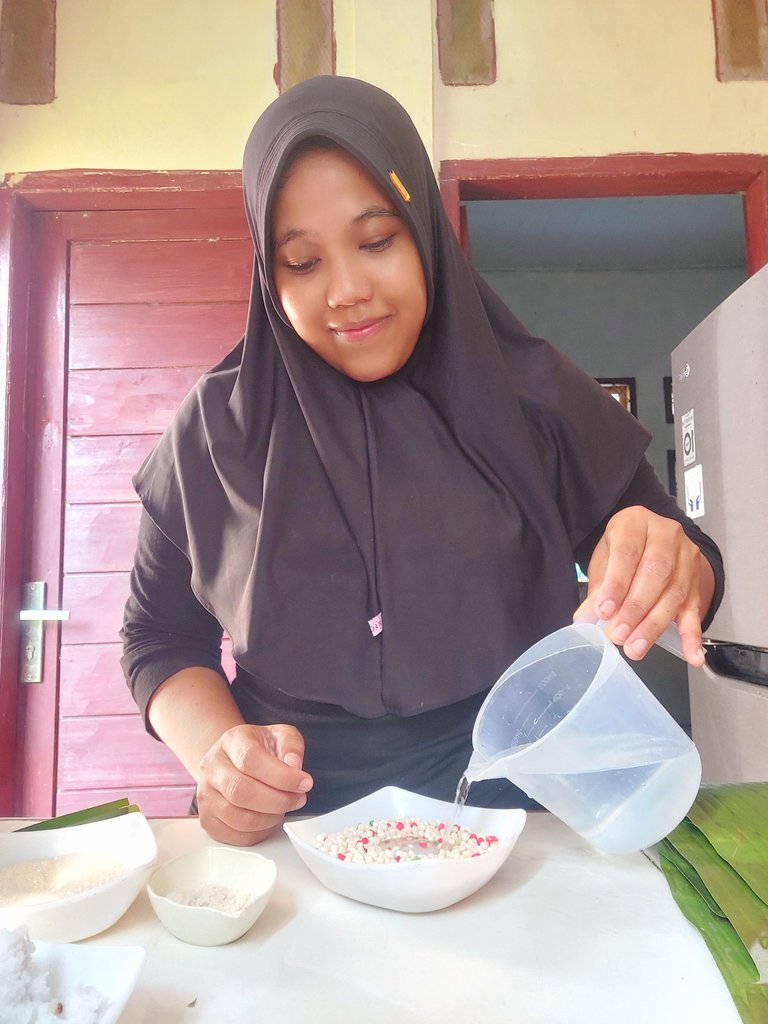
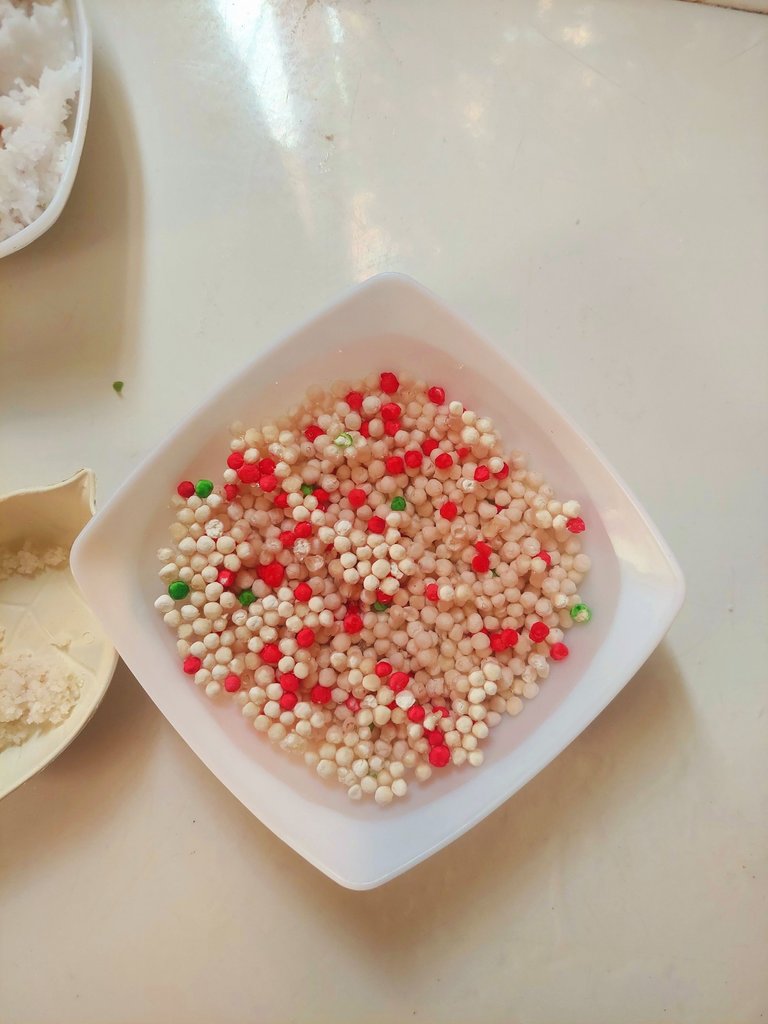
Cut the pandan leaves into small pieces at a small angle so that they are suitable for application in the packaging container.
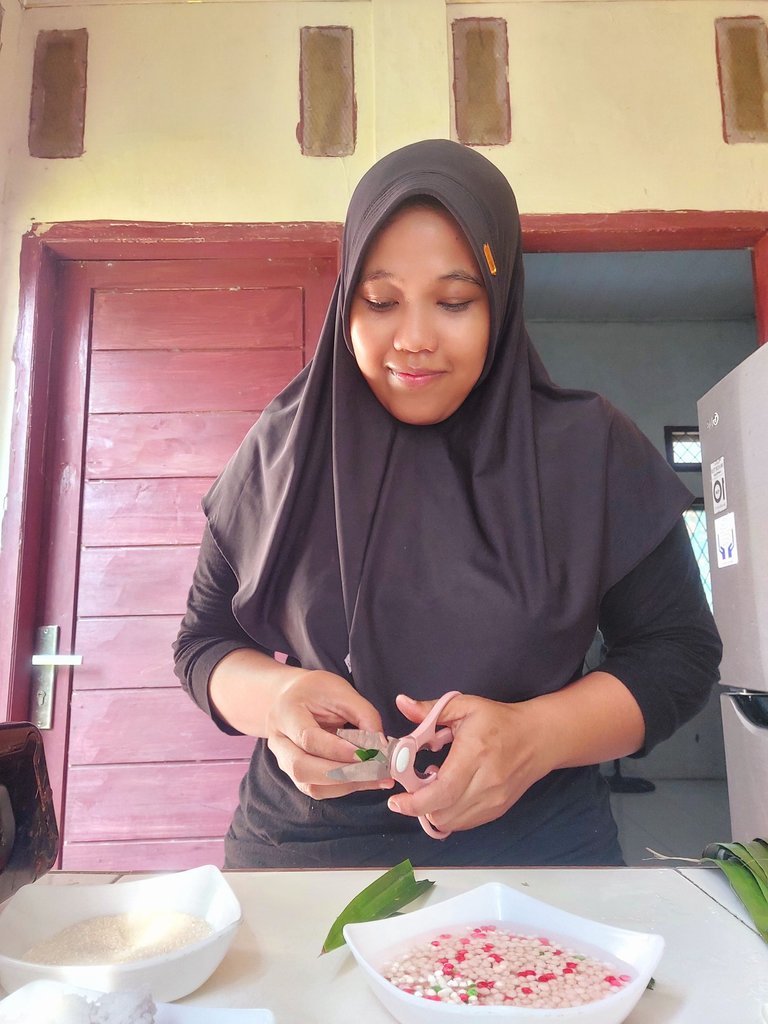

Mix grated coconut with granulated sugar. For those of you who don't like sweets, you can reduce the sugar composition.
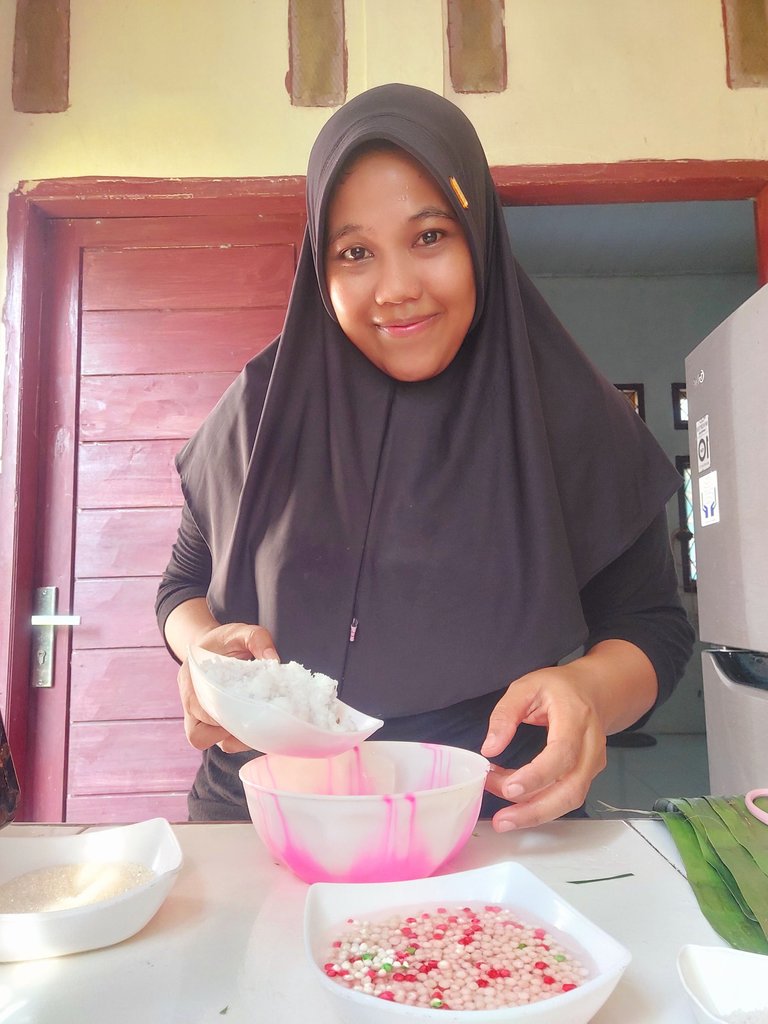 | 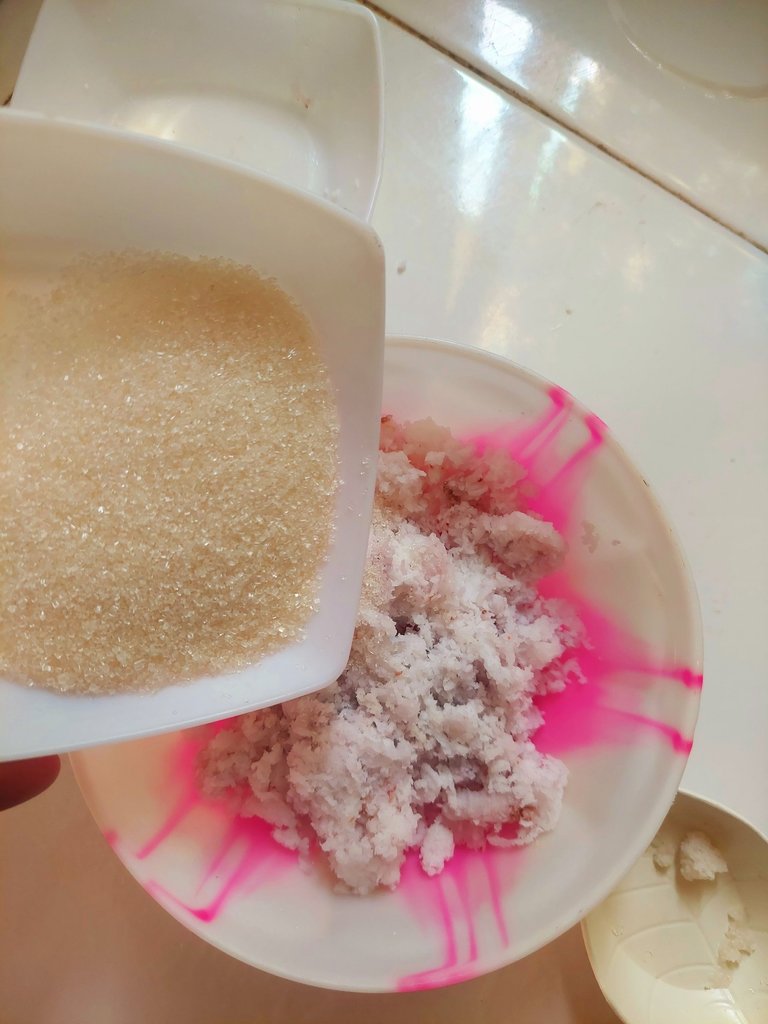 | 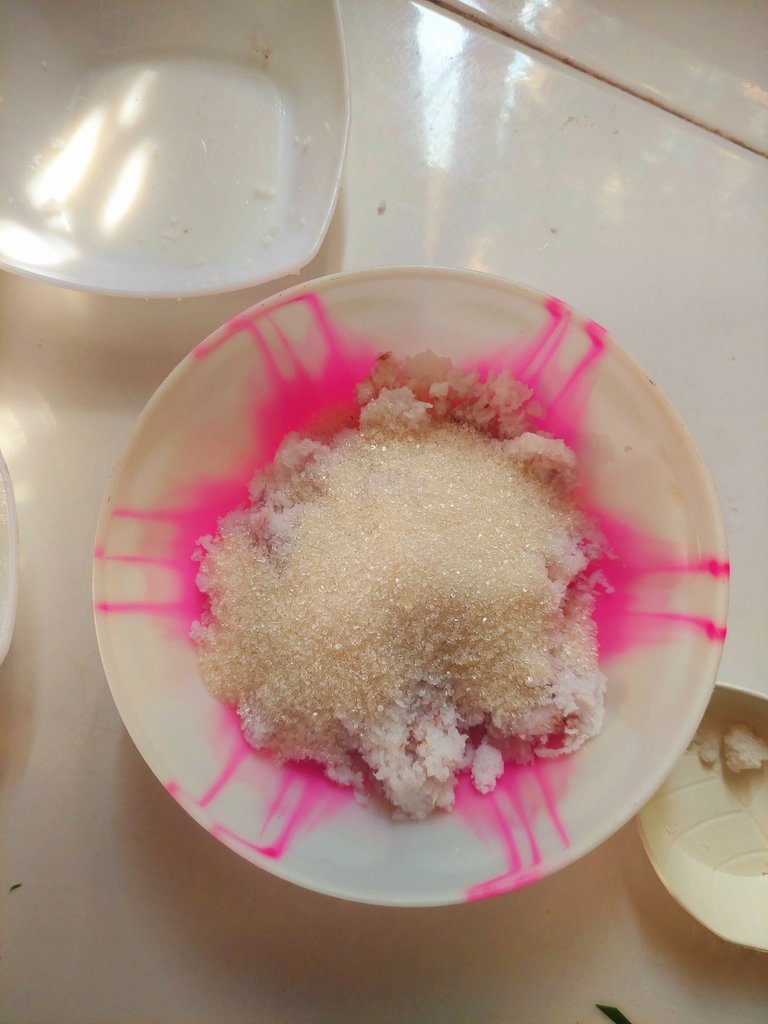 |
|---|
Add salt, then stir until evenly mixed.
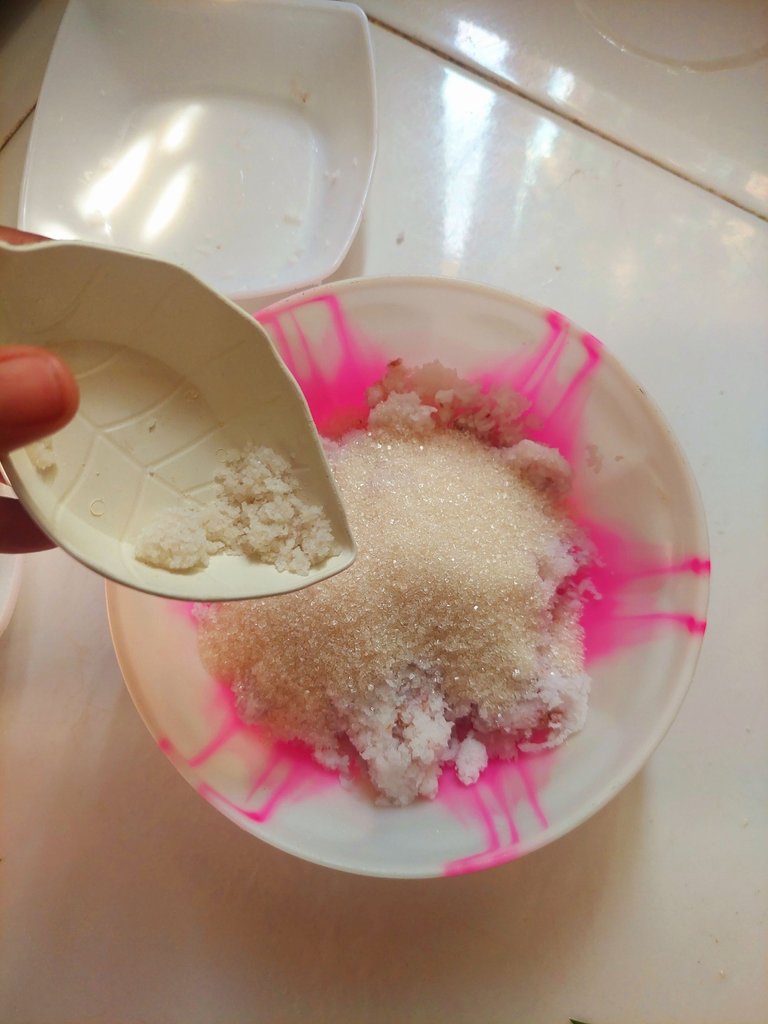 |  | 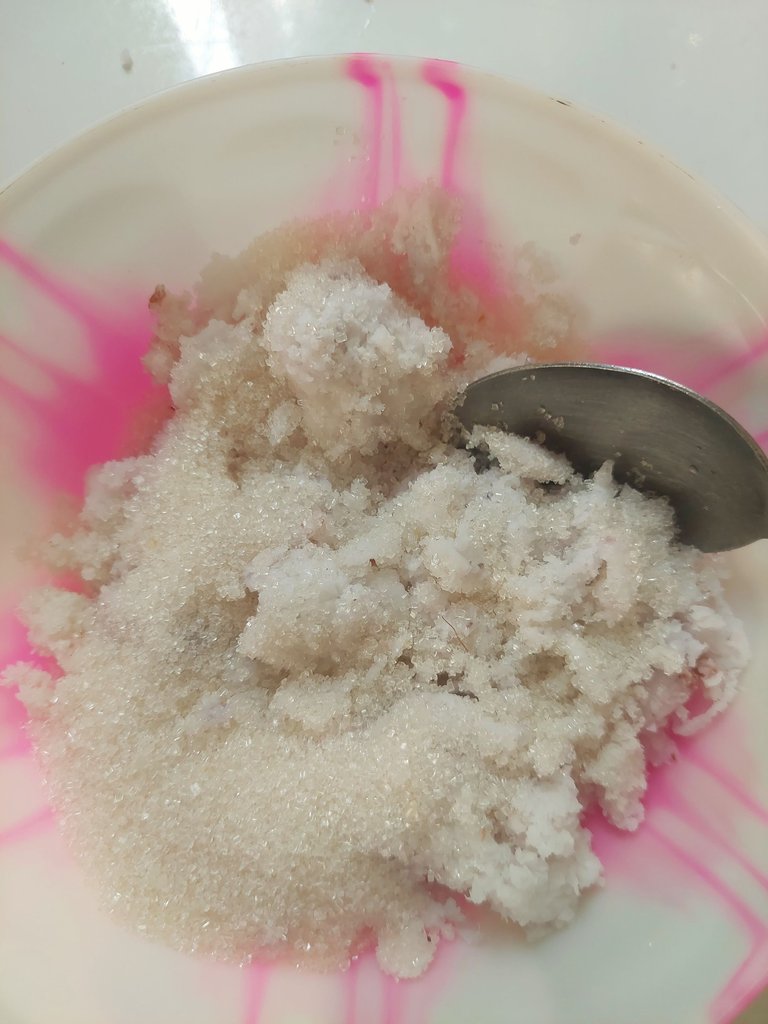 |
|---|
After the sago has been soaked, remove from heat and add to the grated coconut mixture, then stir.
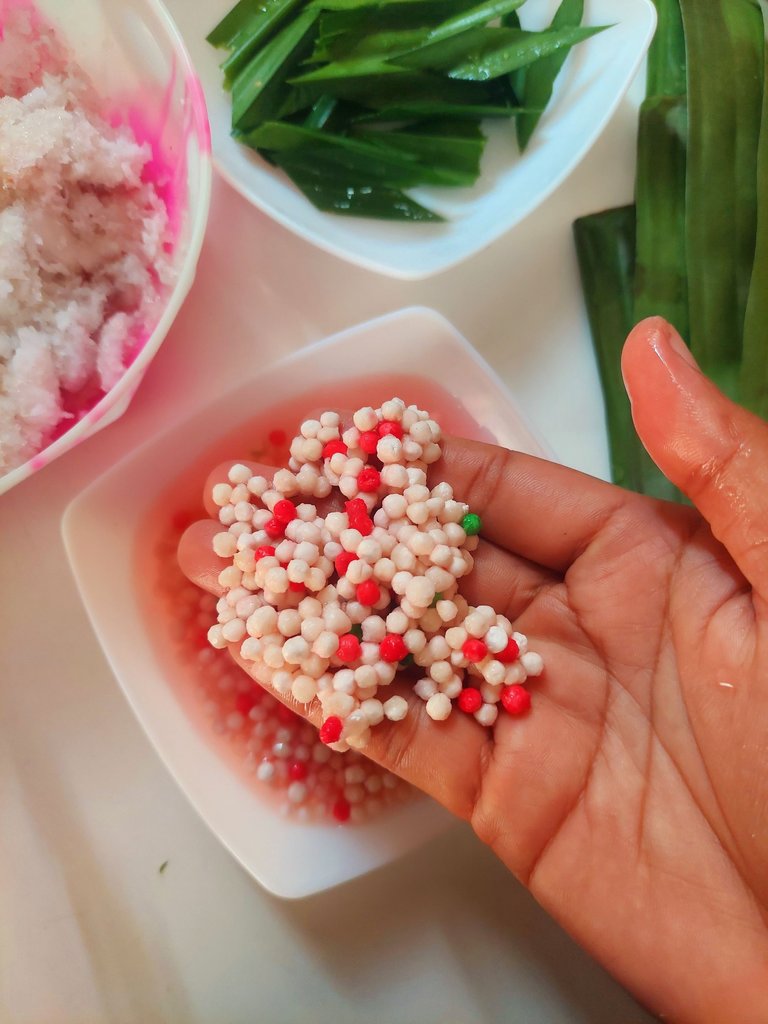 | 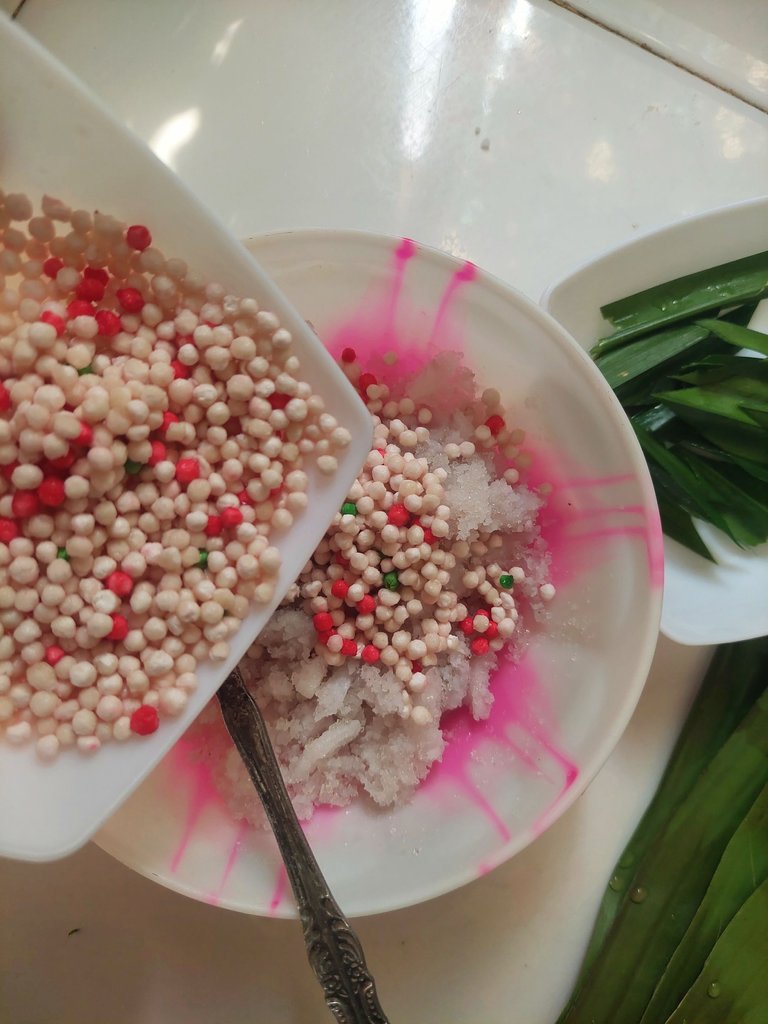 | 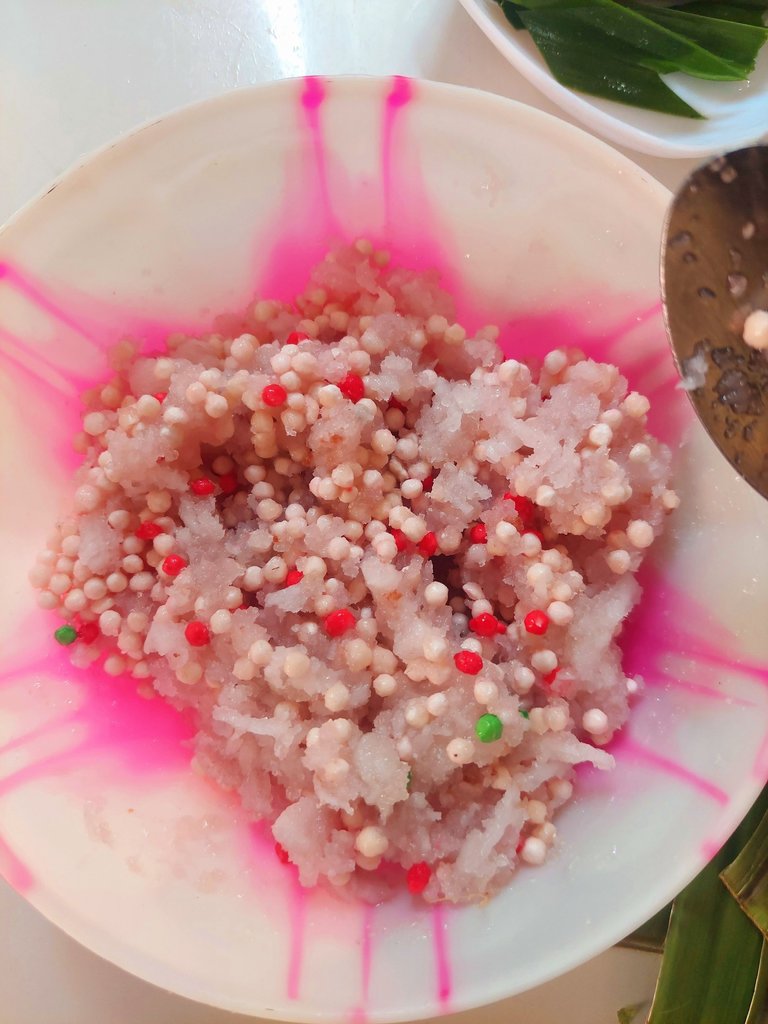 |
|---|
Once all the ingredients are ready, take a spoonful of the mixture and add chopped pandan leaves.
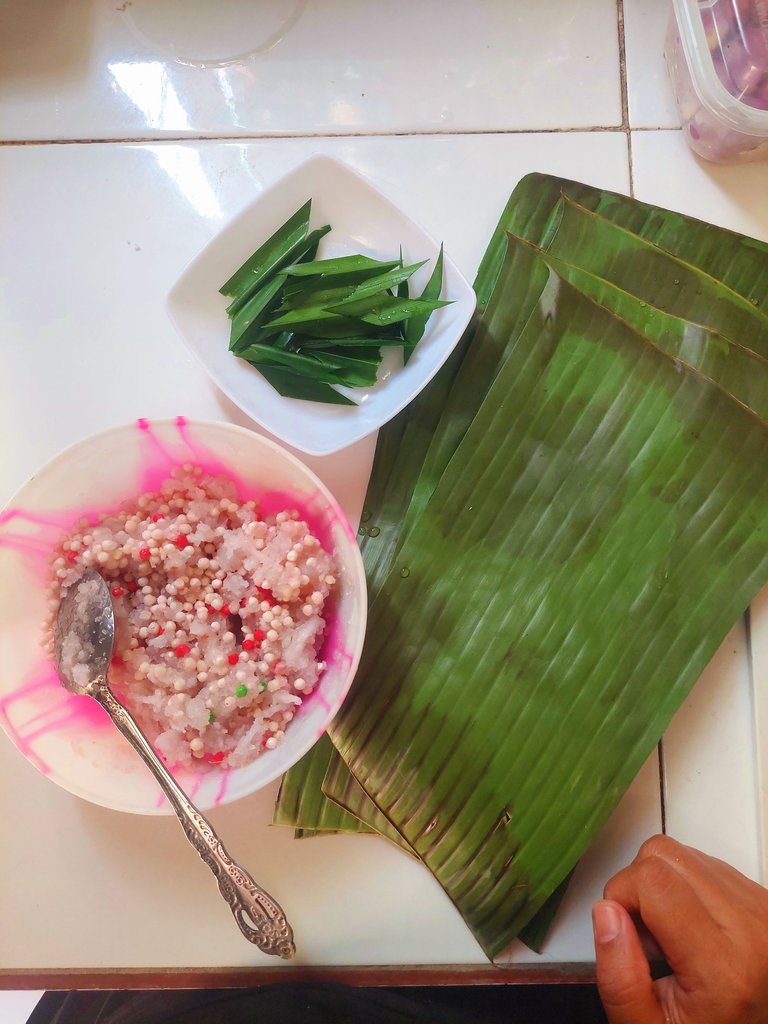
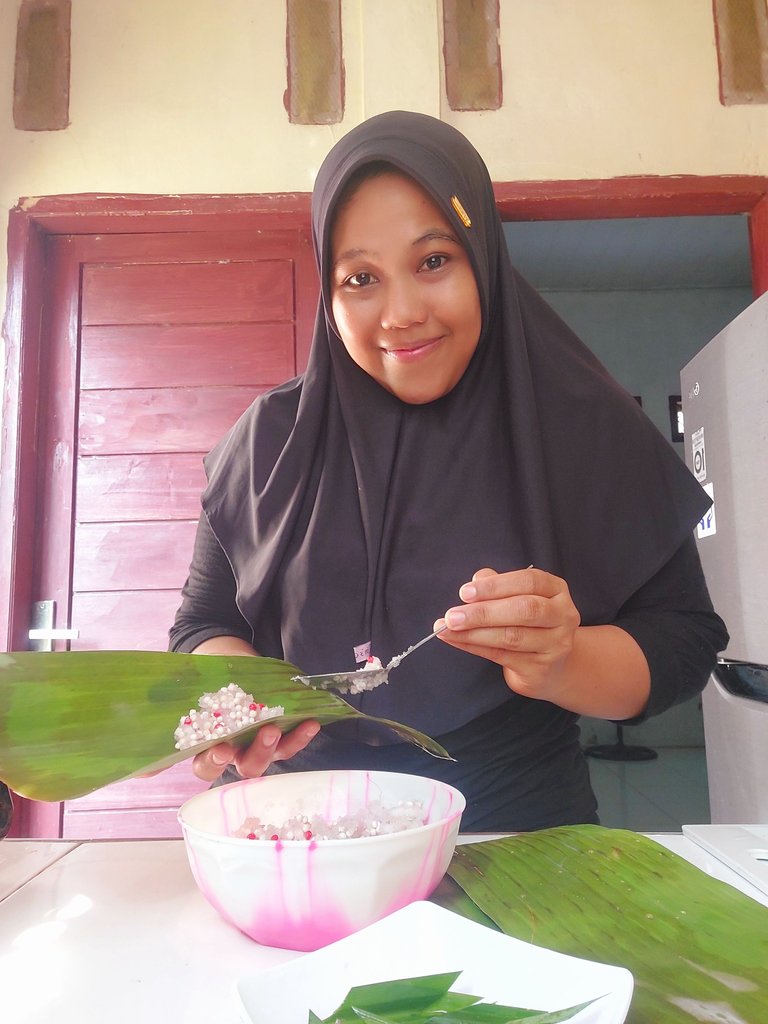
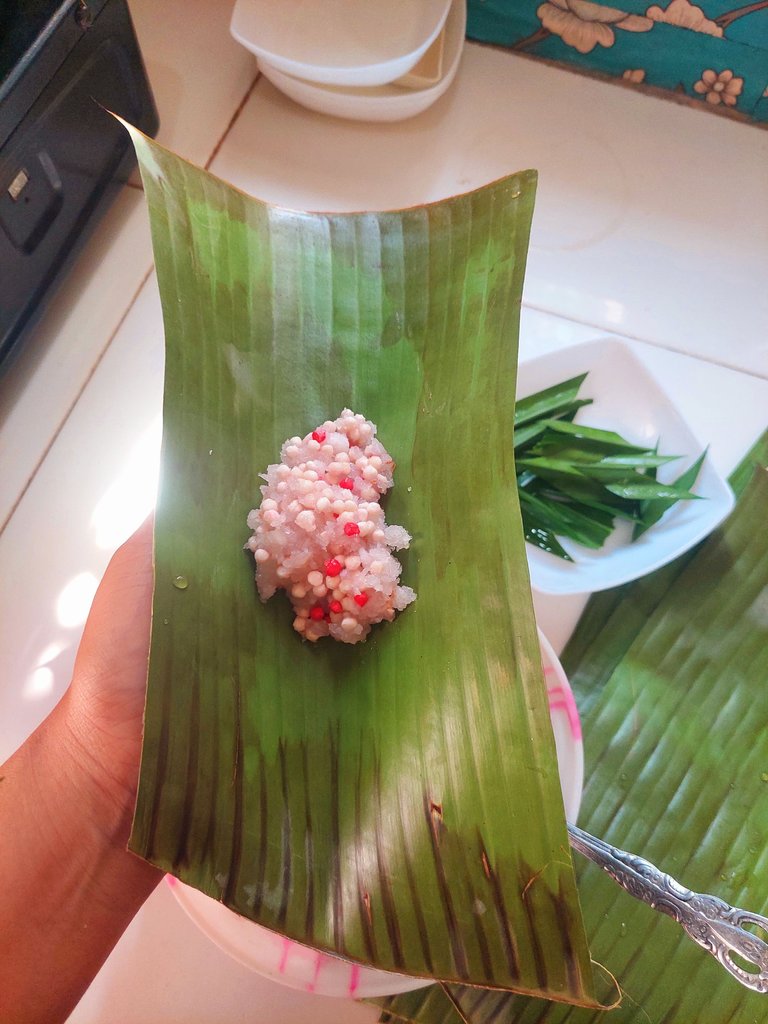
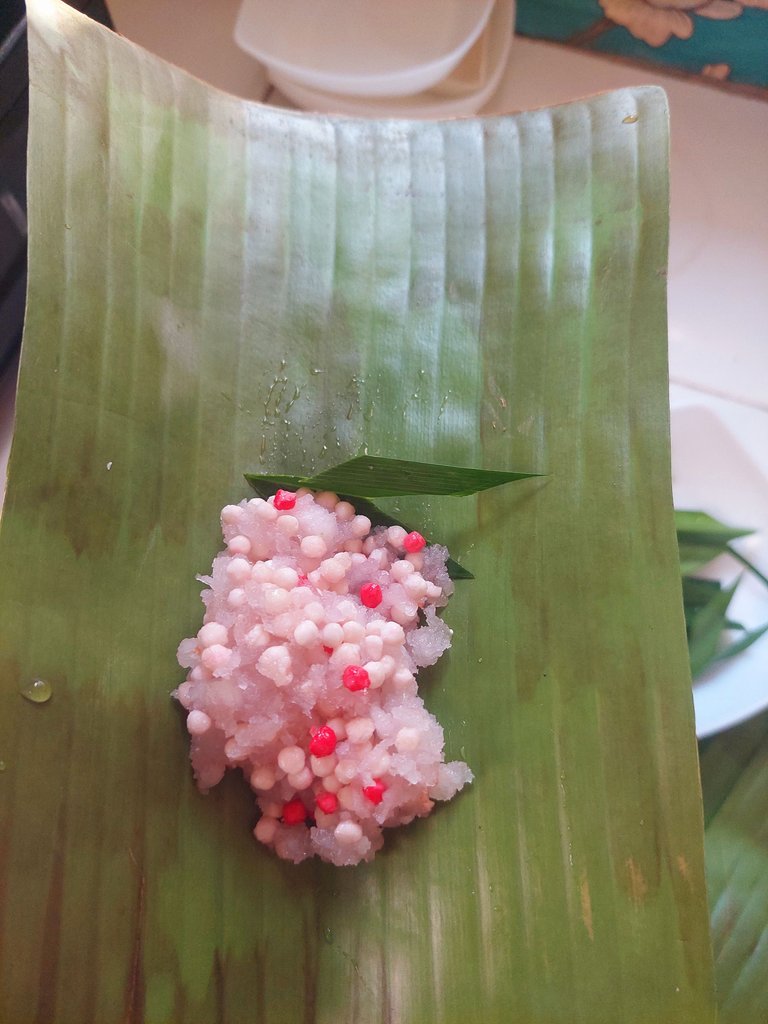
Then wrap it in banana leaves, knot it with a stick.
 | 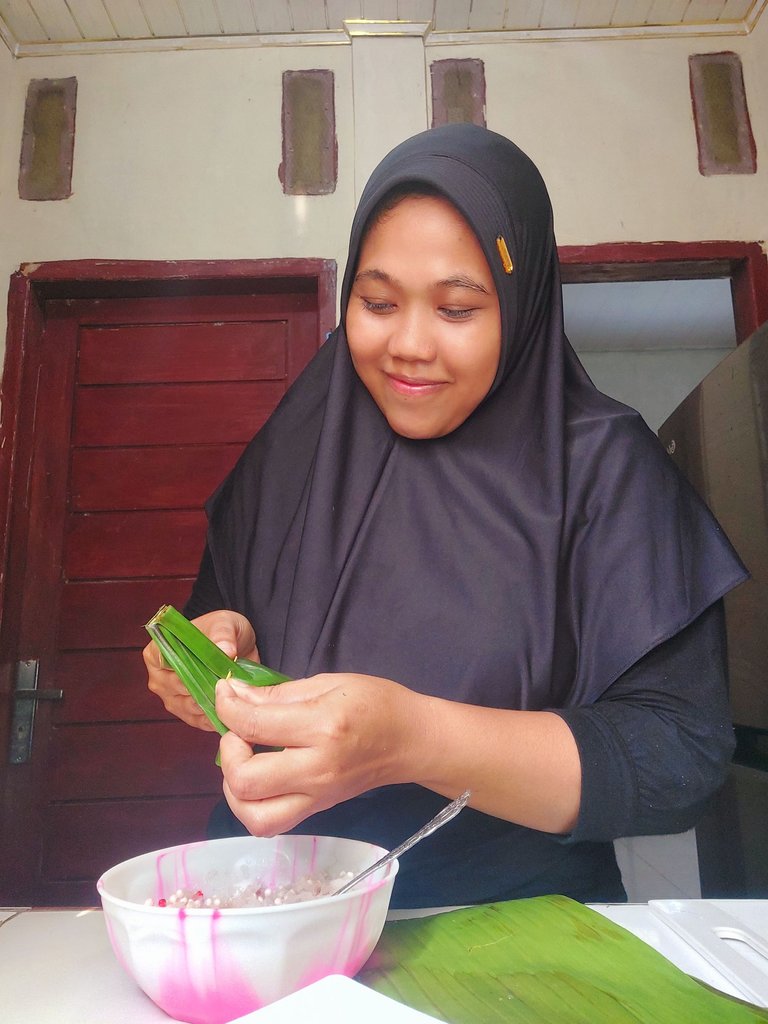 | 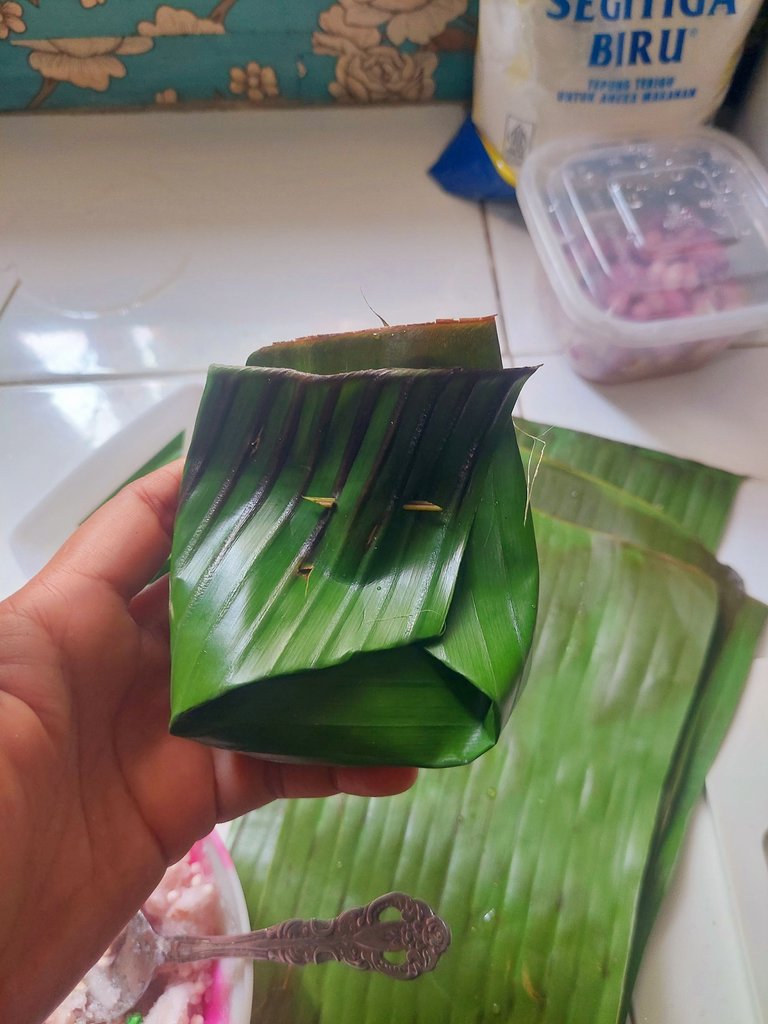 |
|---|
Do this until it's finished, and cut the leaves above to make it neater.
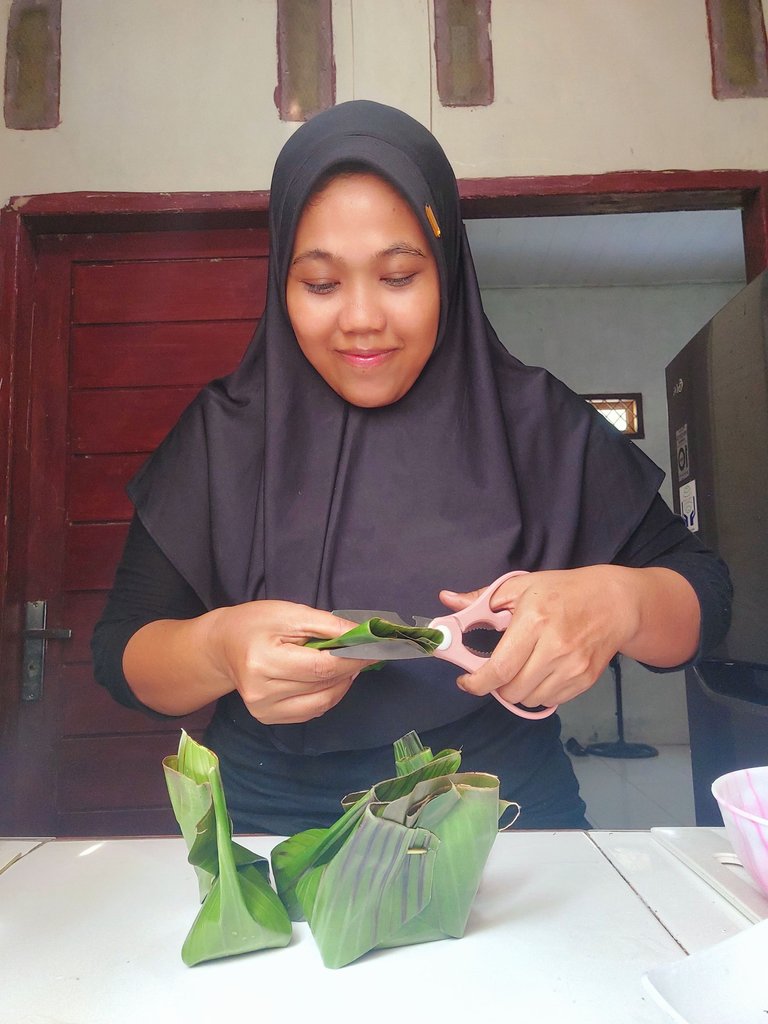

Steam the mixture for approximately 45 minutes over medium heat.
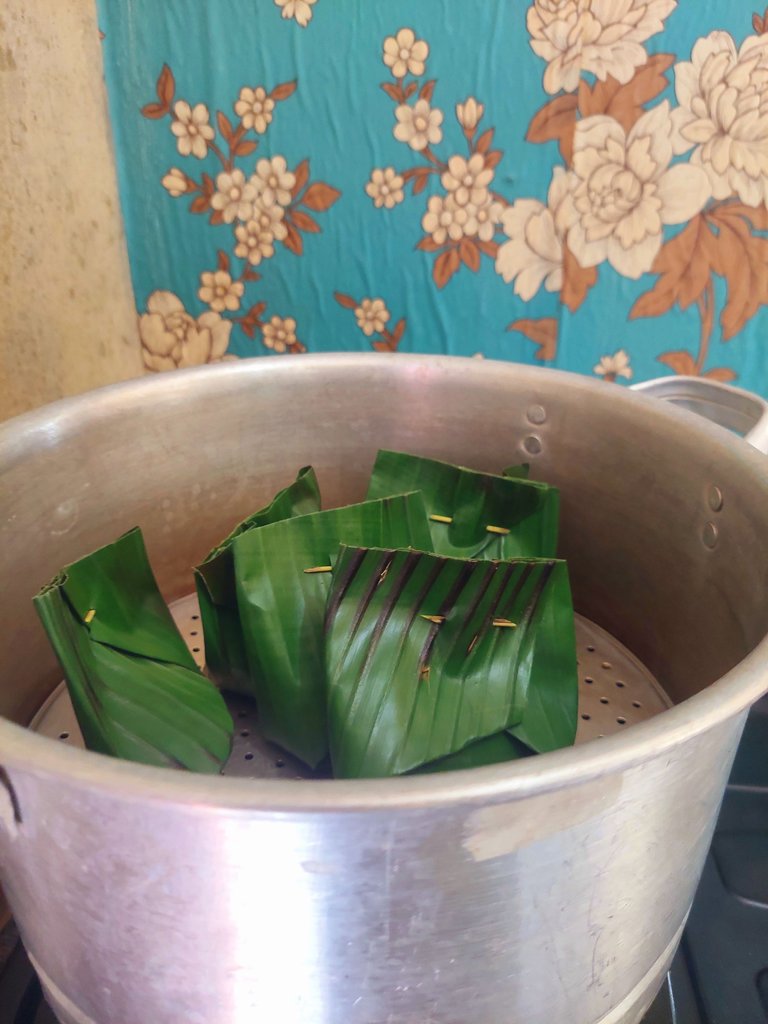

Results
Tara...!

Sengkulun sago pearl with grated coconut is ready to be enjoyed, served while warm will be very delicious. The aroma and taste combine perfectly, the sweetness combines well with the aroma of pandan leaves. What was surprising was that I really liked the taste of sago, but when it was combined with coconut it became one.
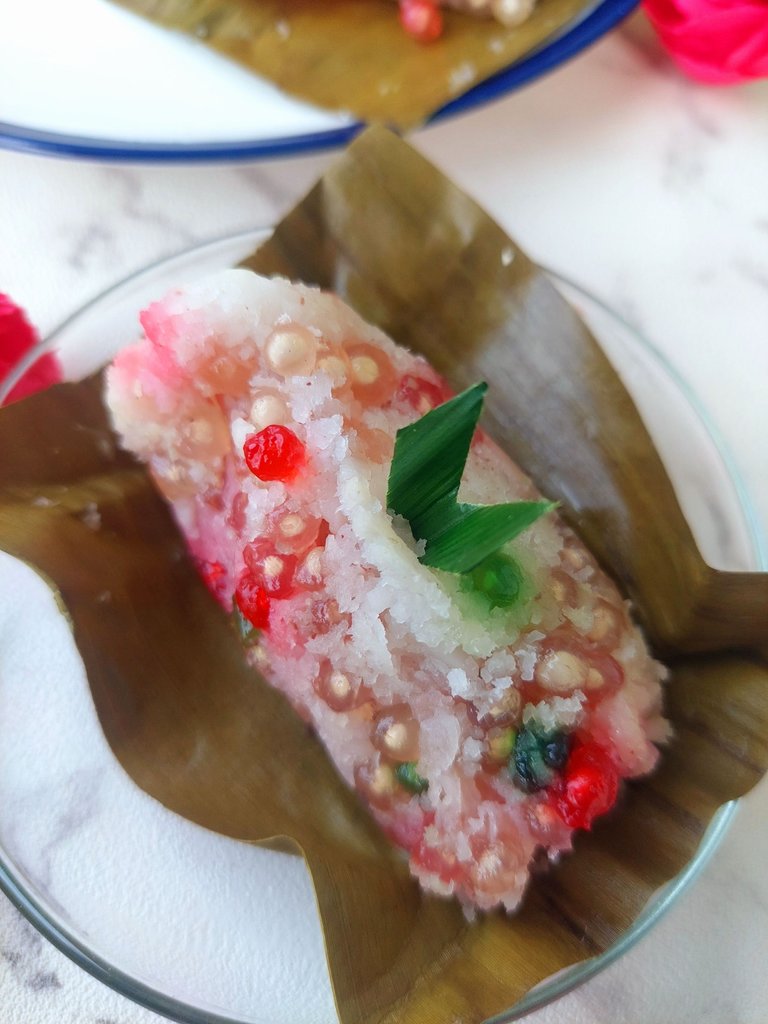
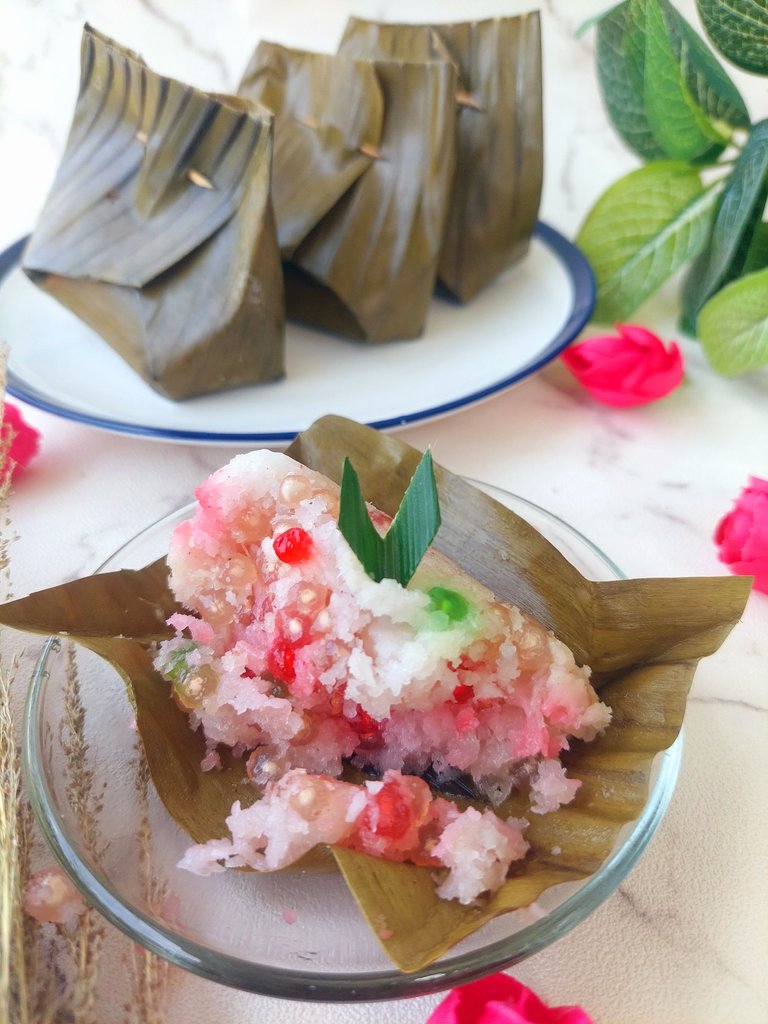
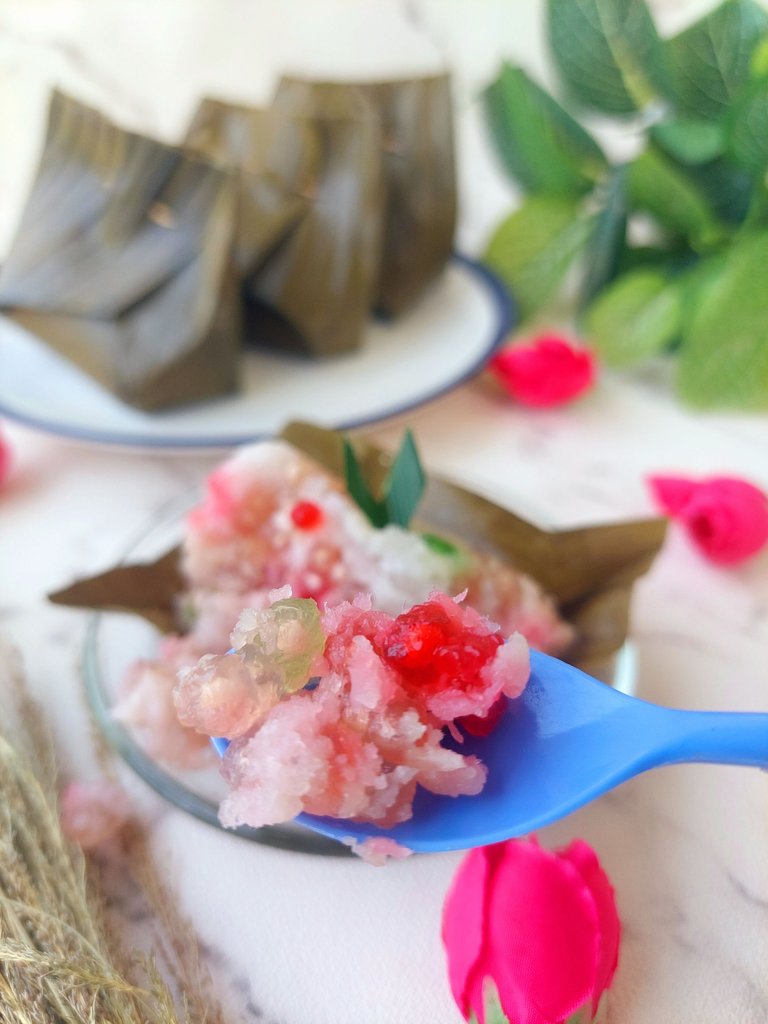
Well, a little tip for you, I highly recommend you to boil the sago pearls first. This will save time during the steaming process, pearl sago will become soft quickly when boiled, but when you have boiled the sago, drain it so that there is no remaining boiling water. In my opinion, the method of boiling sago will be more optimal and will definitely save you time.
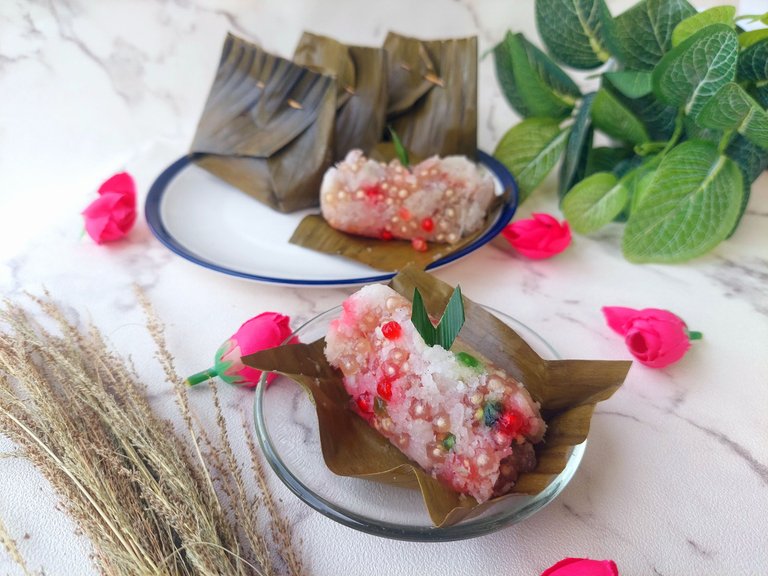
For those of you who like sweet snacks, the delicious taste of coconut with the distinctive aroma of this cake. Try making this, it will be very suitable at home later!


About The Author
A woman, firm and stubborn who is called "Nurul", born in July 1993, comes from Indonesia, Aceh province. My daily activity is work.
Besides working, I have several hobbies, namely reading, writing, cooking, gardening, making crafts, and traveling. From this hobby of mine, I will develop some inspiring content for all of you. I am also very happy to discuss positive new things with all of you.
Delegations welcome!
Thank you @plantpoweronhive for support!
Join the foodie fun! We've given you a FOODIE boost. Come check it out at @foodiesunite for the latest community updates. Spread your gastronomic delights on and claim your tokens.
Yum! You have been curated by @sirenahippie on behalf of FoodiesUnite.net on #Hive. Thanks for using the #foodie tag. We are a tribe for the Foodie community with a unique approach to content and community and we are here on #Hive.Thank you @foodiesunite
I am not familiar with sago pearls but in your preparation they look great. I love the way of sealing with a wooden stick.
We usually wrap banana leaves by securing them with sticks. It is very easy to get from coconut tree leaves which are abundant in my area.
This is totally a different recipe for me...I usually make sago pearls vada or khichdi but you make a nice recipe.
One question: is sago pearls steam well in the leaves
Steamed well but the process took a long time. Therefore, like the tips I have explained above, I recommend boiling the pearl sago first so that it is cooked to the maximum.
Thank you!